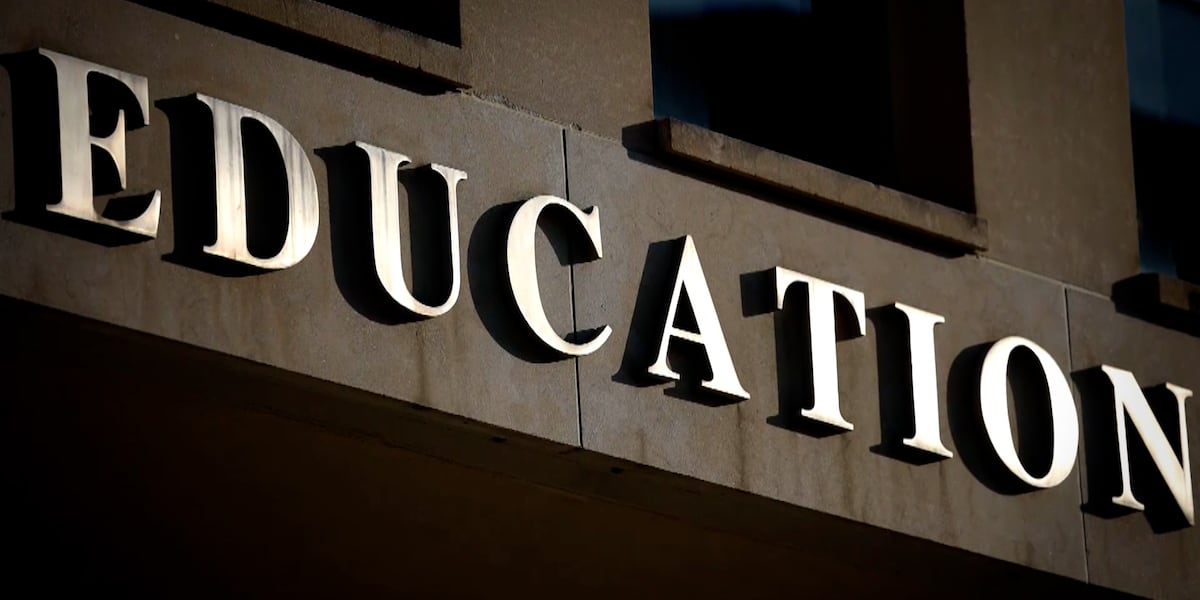The U.S. Department of Education has reopened applications for income-driven repayment (IDR) plans, offering a crucial lifeline for student loan borrowers. This comes after a temporary pause in applications that began in February. This article explains what options are available, what steps you need to take and how to navigate the process successfully.
Income-Driven Repayment plans can significantly lower your monthly student loan payments. These plans calculate your payment amount based on your income and family size. Understanding the available options and how to apply can relieve financial stress and avoid default.
Here’s what we’ll cover:
- Which IDR plans are currently available.
- How the application process has changed.
- Important steps to take after submitting your application.
Understanding the Available Income-Driven Repayment Plans
Currently, three of the four IDR plans are available: Income-Based Repayment (IBR), Income-Contingent Repayment (ICR), and Pay-As-You-Earn (PAYE). According to lending expert Kate Wood, the SAVE plan is temporarily paused due to a pending lawsuit.
“A big difference is the SAVE plan is no longer available on there,” Wood said.
Each plan calculates payments differently and has specific eligibility requirements. Here’s a quick breakdown:
- Income-Based Repayment (IBR): Generally capped at 10% or 15% of your discretionary income.
- Income-Contingent Repayment (ICR): Payments are based on your income, family size, and the total amount of your Direct Loans.
- Pay-As-You-Earn (PAYE): Generally capped at 10% of your discretionary income. You must be a new borrower to qualify.
Choosing the right plan depends on your individual financial situation. Consider factors such as your income, loan balance, and family size to determine the most suitable option.
Navigating Changes to the Application Process
The application process for IDR plans has changed. Borrowers can no longer simply select the plan that offers the lowest monthly payment. Instead, you need to actively compare plans to determine which is most cost-effective.
“You can no longer click to be simply put on the plan that could give you the lowest monthly payment,” said Wood. “Instead, if you want to figure out which will cost the least, you’ll need to use the loan simulation tool to see how your monthly payment would change depending on what monthly plan you are on.”
To do this, use the loan simulator tool on the Department of Education website. This tool allows you to compare monthly payments across different IDR plans, enabling you to make an informed decision.
It is very important that you take the time to compare. The payment differences between the plans could be significant!
Important Steps After Submitting Your Application
Submitting your IDR application is not the final step. Due to recent changes, applications are not being processed immediately. This delay is due to servicers needing to adjust their systems to reflect the removal of the SAVE plan option.
“While the application for IDR plans has reopened, those applications are not yet being processed because of the changes servicers need to make to implement the removal of the SAVE plan options,” Wood said.
Given this delay, it’s crucial to contact your loan servicer to explore forbearance options if you cannot afford your loan payments. Forbearance can temporarily postpone your payments, providing a safety net while your application is being processed.
Additionally, the Department of Education has extended the recertification deadline for borrowers who received notifications to February 2026. This extension provides some breathing room, but it’s still essential to stay proactive in managing your loans.
Resources for Further Assistance
Navigating student loan repayment options can be complicated. Several resources can help you make informed decisions:
- The Department of Education Website: Provides detailed information on IDR plans and the loan simulation tool.
- Your Loan Servicer: Offers personalized assistance and can answer questions about your specific loan situation.
- Financial Counseling Services: Non-profit organizations can provide free or low-cost financial advice.
Take advantage of these resources to gain a better understanding of your options and make the best choices for your financial future.
Considering Forbearance
Forbearance is a temporary postponement or reduction of your student loan payments. It can be a useful option if you’re experiencing financial difficulties while waiting for your IDR application to be processed.
However, it’s important to understand the implications of forbearance. While your payments are paused, interest continues to accrue on your loan. This means that when you resume payments, your loan balance will be higher.
Contact your loan servicer to discuss forbearance options and determine if it’s the right choice for your situation. Make sure to weigh the benefits against the potential costs before making a decision.
Understanding Income Recertification
Income recertification is a process by which you provide updated income and family size information to your loan servicer. This information is used to recalculate your monthly payments under an IDR plan.
The Department of Education has pushed the deadline for recertification to February 2026 for those who received notifications. While this provides a temporary reprieve, it’s crucial to prepare for recertification by gathering the necessary documents, such as tax returns and pay stubs.
Staying on top of recertification requirements ensures that your monthly payments remain accurate and affordable.
Key Takeaways and Final Thoughts
The reopening of income-driven repayment plan applications offers significant opportunities for student loan borrowers seeking more manageable payments. Key takeaways include:
- The SAVE plan is temporarily unavailable due to a pending lawsuit.
- The application process requires borrowers to actively compare plans using the loan simulation tool.
- Applications are not being processed immediately, so contact your servicer about forbearance if needed.
- The income recertification deadline is extended to February 2026.
By staying informed and proactive, you can navigate the complexities of student loan repayment and achieve financial stability. Use the available resources, contact your loan servicer, and make informed decisions to secure your financial future.

Leave a Reply